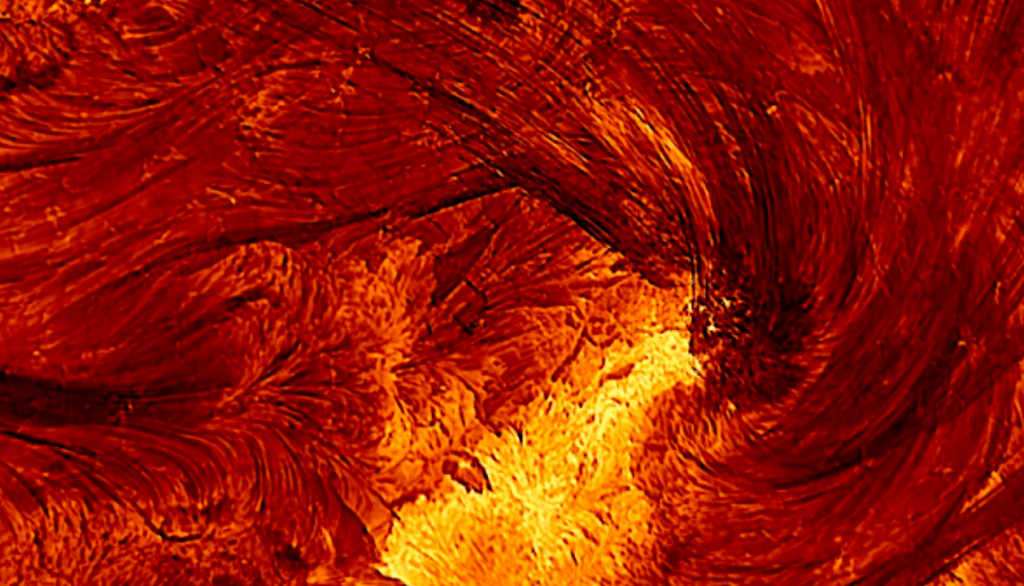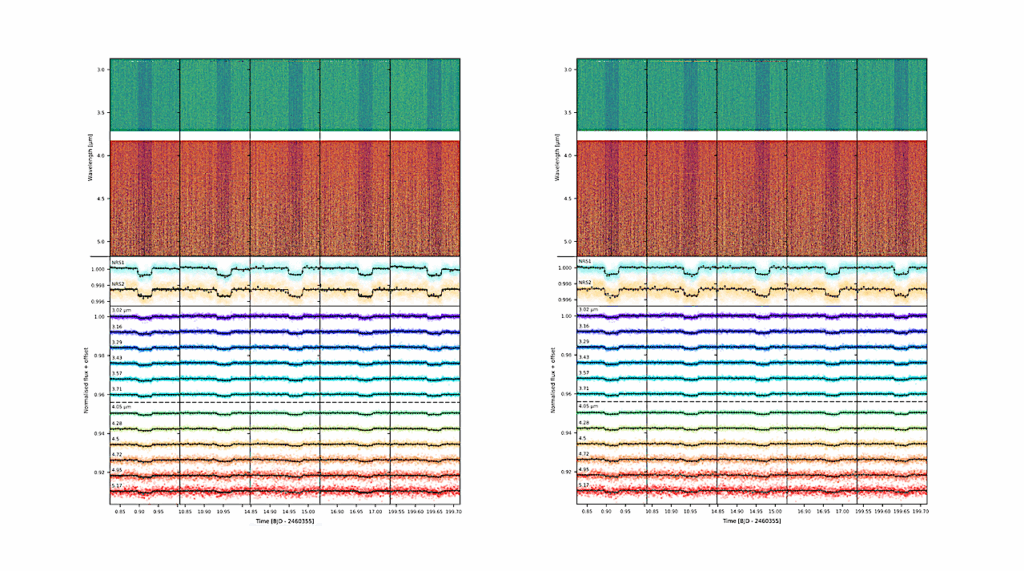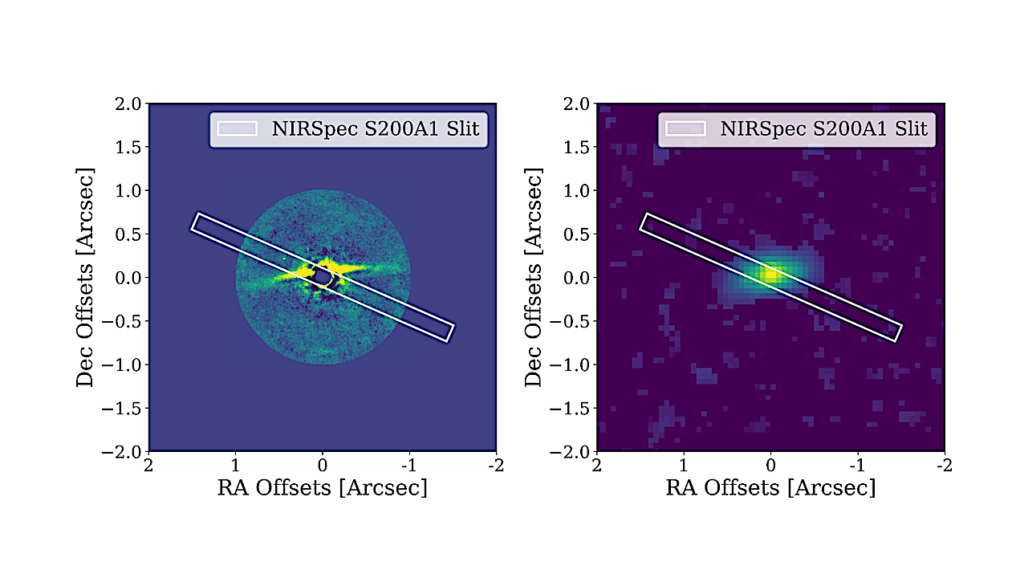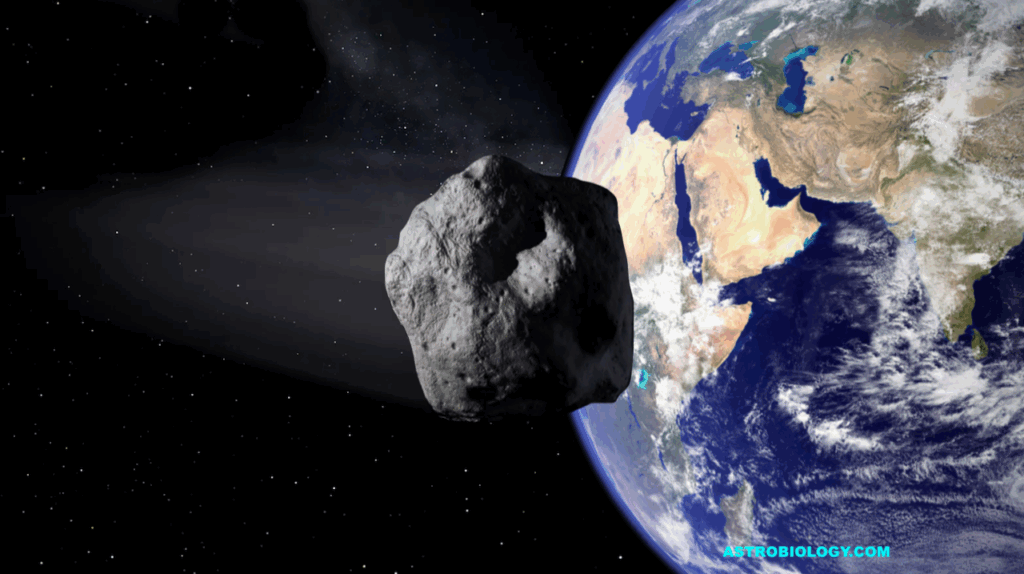Earth Was Shaped By Primordial Hydrogen Atmospheres

Earth’s water, intrinsic oxidation state, and metal core density are fundamental chemical features of our planet. Studies of exoplanets provide a useful context for elucidating the source of these chemical traits. Planet formation and evolution models demonstrate that rocky exoplanets commonly formed with hydrogen-rich envelopes that were lost over time.
These findings suggest that Earth may also have formed from bodies with H2-rich primary atmospheres. Here we use a self-consistent thermodynamic model to show that Earth’s water, core density, and overall oxidation state can all be sourced to equilibrium between H2-rich primary atmospheres and underlying magma oceans in its progenitor planetary embryos.
Water is produced from dry starting materials resembling enstatite chondrites as oxygen from magma oceans reacts with hydrogen. Hydrogen derived from the atmosphere enters the magma ocean and eventually the metal core at equilibrium, causing metal density deficits matching that of Earth.
Oxidation of the silicate rocks from solar-like to Earth-like oxygen fugacities also ensues as Si, along with H and O, alloys with Fe in the cores. Reaction with hydrogen atmospheres and metal-silicate equilibrium thus provides a simple explanation for fundamental features of Earth’s geochemistry that is consistent with rocky planet formation across the galaxy.
Edward D. Young, Anat Shahar, Hilke E. Schlichting
Comments: 3 main figures, 5 auxiliary figures
Subjects: Earth and Planetary Astrophysics (astro-ph.EP)
Cite as: arXiv:2304.07845 [astro-ph.EP] (or arXiv:2304.07845v1 [astro-ph.EP] for this version)
Journal reference: Nature, v. 616 (7956), 306-311 (2023)
Related DOI:
https://doi.org/10.1038/s41586-023-05823-0
Focus to learn more
Submission history
From: Edward Young
[v1] Sun, 16 Apr 2023 17:56:53 UTC (36,069 KB)
https://arxiv.org/abs/2304.07845
Astrobiology








